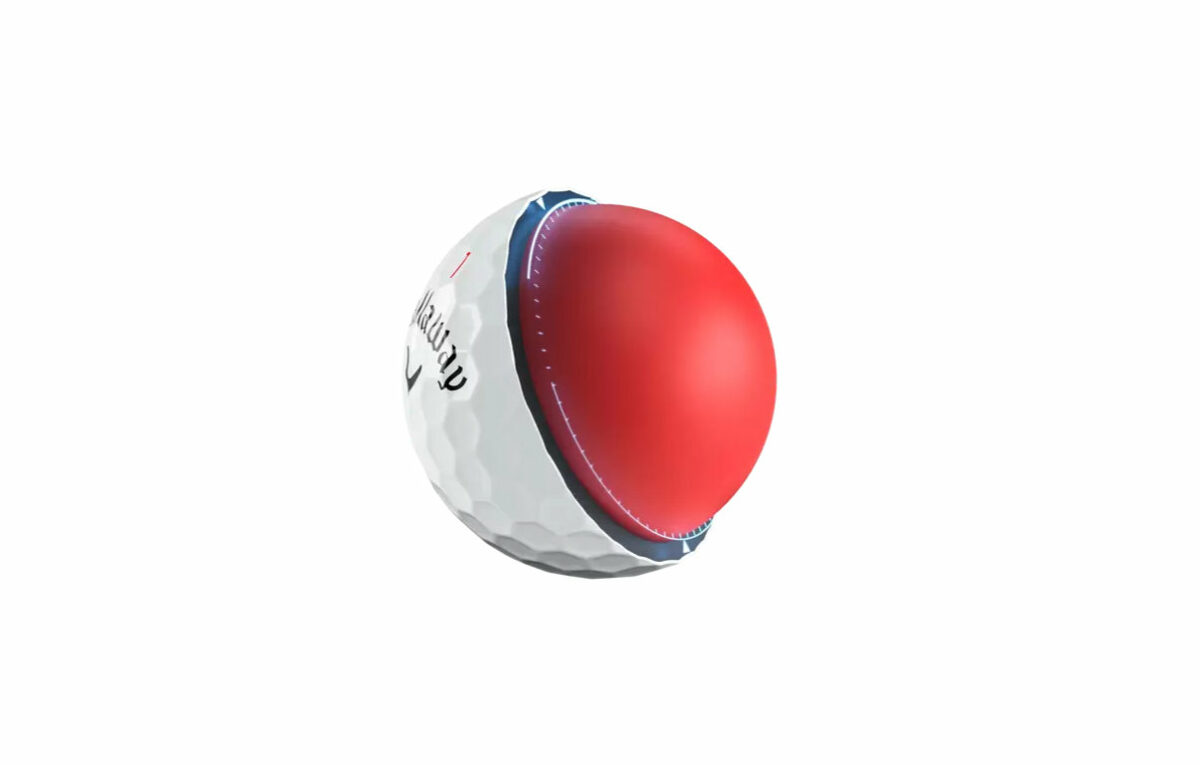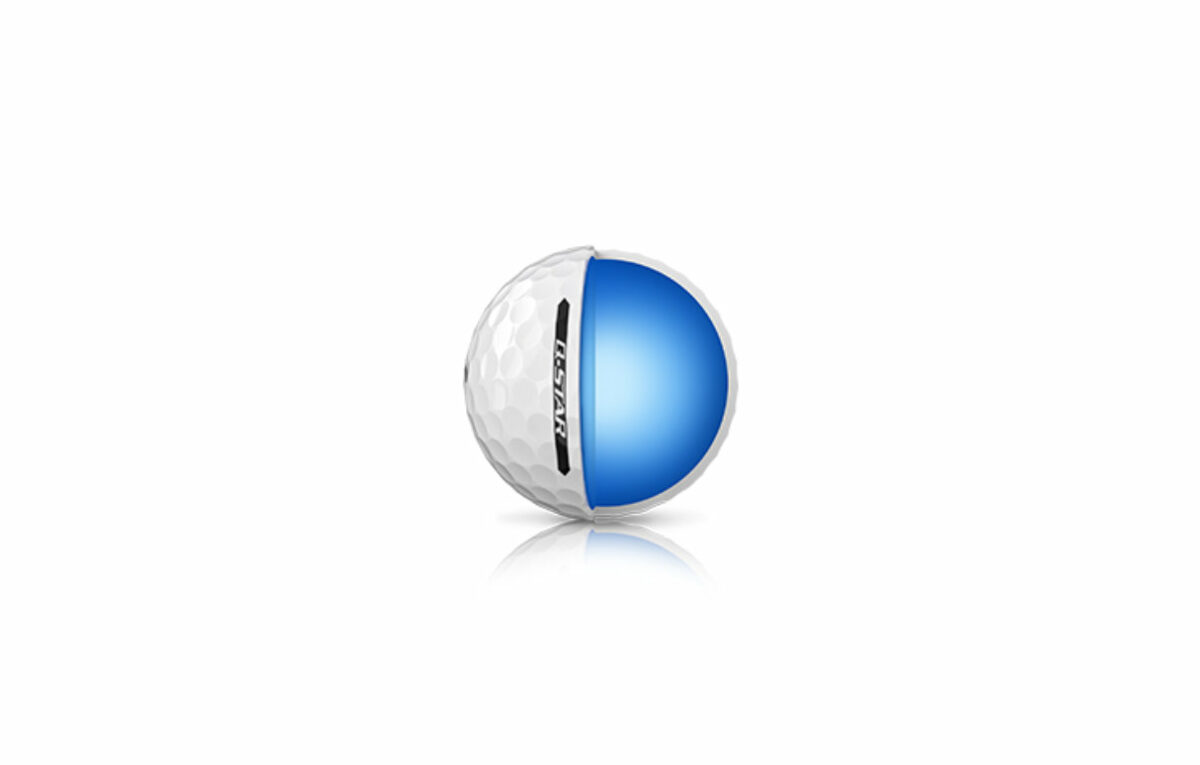Is a 2-Piece or 3-Piece Golf Ball Better?
For many amateur golfers, deciding between playing a 2-piece or 3-piece golf ball often comes down to a choice between affordability and performance.
The construction of a golf ball significantly impacts key attributes like distance, spin, feel, and durability. Understanding the trade-offs can help you choose the right model tailored to your game.
In this guide, I’ll examine the differences between 2-piece and 3-piece golf balls across critical categories to determine which design performs better for certain players.
You’ll also gain recommendations on when to play a basic 2-piece distance ball versus when a more advanced 3-piece ball is worth the extra cost. Let’s weigh the pros and cons to help identify the best construction for your needs.

2-Piece Golf Ball Construction
The 2-piece golf ball features the simplest and most affordable design:
- Contains only a single solid core encased by a durable ionomer or Surlyn cover
- The large core is typically fairly firm to generate maximum ball speed
- The thinner, harder cover helps maintain energy off the clubface
- Dimple design affects lift and drag but with less variety than 3-piece balls
- Common brands include Top-Flite, Wilson, and Callaway Supersoft
Best For: Beginners, high handicappers, seniors, and slow swing speeds seeking maximum distance.
Pros: Very low spin off the driver, inexpensive cost, good durability.
Cons: Minimal spin and feel around greens, lacks scoring control, low trajectory.
3-Piece Golf Ball Construction
3-piece balls add another layer for enhanced performance:
- Features a solid or liquid core wrapped in a mid-layer mantle and urethane or ionomer cover
- Constructed to better transfer energy and fine-tune spin across all clubs
- The soft urethane cover improves feel and short-game control
- Allows for greater variety in dimple profiles and numbers
- Popular brands include Titleist TruFeel, Taylormade Project (a), Callaway ERC Soft
Best For: Mid-to-low handicappers and moderate swing speeds seeking scoring control.
Pros: Soft feel, spin finesse on all shots, durable cover, variety of trajectories.
Cons: Higher cost than 2-piece, still less greenside spin than tour balls.
Now that we’ve compared the basics of a 2-piece vs. 3-piece golf ball design, let’s examine the key performance differences in greater depth across critical categories for amateur players.
Driver and Iron Distance
For pure all-out distance off the driver and through the air in the long game, 2-piece golf balls have the edge.
Their low-compression cores and firmer Surlyn covers promote maximum velocity and high launch with very low spin. This helps average swing speeds under 100mph achieve optimum carry distance.
While 3-piece balls offer strong yardage as well, their softer covers and blended cores don’t reduce driver and iron spin quite as much as a hard 2-piece ball. If raw distance is the top priority, 2-piece balls deliver.

Greenside Spin and Control
On finesse scoring shots around the green, 3-piece golf balls are clearly superior. The soft urethane covers grab the grooves on wedges much better on pitch and chip shots. This leads to more spin and quicker stops on the green versus minimal check with a 2-piece ball.
The blended core layers also enhance control. If displaying touch and precision around the greens is a priority, a 3-piece ball will provide better performance.
Feel and Touch
The firm cores and Surlyn covers of most 2-piece balls produce a very hard, almost “clicky” feel off the clubface. This doesn’t translate into good feedback on mishits.
By utilizing a soft urethane cover blending with a multi-layer core, 3-piece balls deliver a much softer, more pleasing feel at impact. This gives better sensation across all clubs, especially on short shots requiring touch.
Trajectory Versatility
Thanks to innovations in core and dimple technology, modern 3-piece balls offer tremendous variety in optimal launch angles and spin rates.
This provides the ability to match launch conditions precisely to your swing.
2-piece balls produce good height but fewer trajectory options. If you need to fine-tune flight for your launch profile, 3-piece balls give you more variety.
Durability Advantages
The hearty Surlyn covers of 2-piece balls make them extremely resistant to scuffs, shears, and cuts compared to softer 3-piece balls.
They can withstand punishment from wayward shots without losing performance.
While modern urethane covers improve durability, they still can’t quite match the ruggedness of a 2-piece ball for longevity over many rounds.
Cost and Affordability
Good quality 2-piece balls can be purchased for as low as $15-20 per dozen, making them very wallet-friendly.
Even premium brands like Titleist TruFeel and Taylormade Distance run only $20-25 per dozen.
Comparable 3-piece distance balls often start around $25 and up per dozen. So while 2-piece balls offer savings, performance golfers see the extra value in a 3-piece.
Recommendations Based on Skill Level
Based on performance differences, here are my golf ball recommendations by player profile:
High Handicappers (20+) – 2-piece distance ball
Mid Handicappers (10-19) – 2-piece or 3-piece distance/spin blend
Low Handicappers (0-9) – 3-piece urethane cover control ball
Seniors with Moderate Speeds – 2-piece low compression ball
Faster Swing Speeds (105+ mph) – 3-piece low spin distance ball
Matching your game, priorities, and budget to the right construction are key.
Test for Yourself to Choose the Best Construction
While these recommendations provide a general guideline, the ideal golf ball construction ultimately comes down to properly testing different models to identify which maximizes your personal performance.
Use a launch monitor to determine how 2-piece and 3-piece balls compare for your swing across launch angle, spin rates, peak height, distance, and other key metrics.
Also evaluate the feel, especially around the greens. Let real data guide your decision between these two common golf ball designs.
Both Designs Have a Place in the Game
The good news is golf ball manufacturing innovations have narrowed the gap in performance between basic 2-piece balls and advanced 3-piece models.
While 3-piece balls maintain superiority in certain areas like short game spin, 2-piece balls offer impressive distance at extremely affordable pricing.
There is no definitively “better” construction between 2 and 3-piece balls. Each has definite advantages and trade-offs.
By properly matching the ball design to your individual game, you can maximize enjoyment regardless of which you play. Understand your needs and concentrate on your preferences to choose the ideal ball construction for you.
